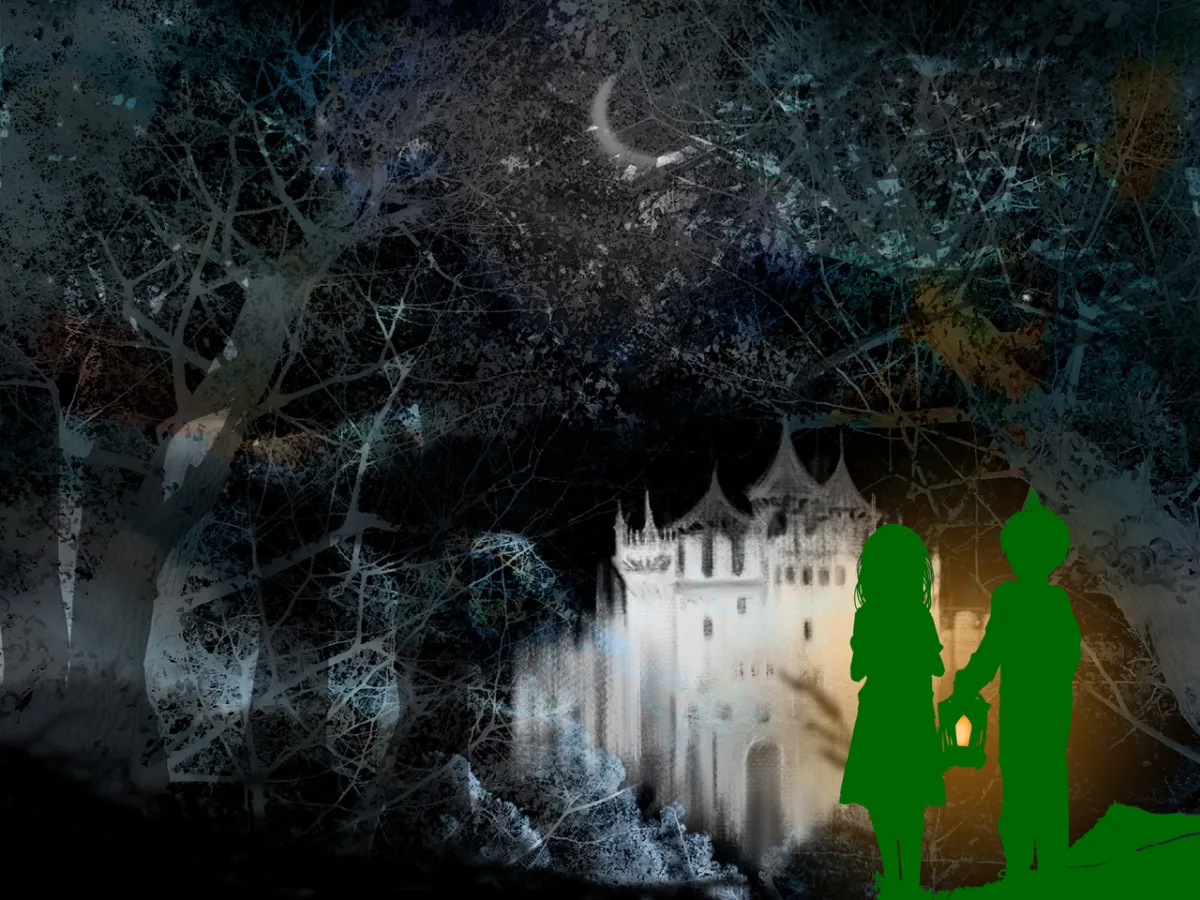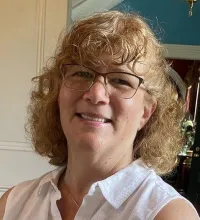Articles
Exploring History's Greatest Adventures throughout time!


Legend Fiction vs Facts: The Green Children of Woolpit
The Medieval village was called Woolpit because of the clever wolf pits the people used to catch dangerous predators. One day during harvest time, two children climbed out of one of the pits and surprised the peasants working in the field. In those days any stranger who suddenly appeared would be a wonder, but this was an extra big surprise because the children’s clothing and fabric was unfamiliar, they spoke a foreign language, and their skin was green.
The boy and girl were afraid. A kind-hearted man named Sir Richard d Calne took them home. The boy and girl cried and refused to eat the bread and other food offered them. In fact, they went hungry for several days until someone finally offered them some beans from the harvest. For the next several months, the green children ate beans and nothing else.
Over time the girl learned to eat other foods but the younger boy became weaker and weaker. Sadly, he died. But the girl got healthier and her skin lost its green color as she got used to the new foods. Someone also took time to teach her English and eventually, when she got good at it, the people asked for her story.
She said that she and her little brother had come from the dark “land of Saint Martin” where all the people had green skin and the sun never rose like it did in Woolpit. She didn’t know how to get back to her home or how to describe where it was. But she said there was a great river from where they could see another “luminous” land on the other side.
One day when she and her brother were tending their father’s herds, they followed the animals into a cave. There they heard the sound of bells calling them from deep within the cavern. They followed the sound through the darkness until they finally emerged into the blinding sunlight. Then the reapers from the harvest had found them and we know the rest.
How do we know about the green children?
It’s important to get the story from the earliest possible sources, preferably an eye witness. But most people couldn’t read or write in those days. Instead stories were told as entertainment, spoken from person to person perhaps around an evening fire, until someone finally wrote it down.
The person who first wrote about the green children was a historian named William of Newburgh, who lived from 1136 to 1198. That means he was likely alive when the story happened (thought to be sometime in the 1140s or so). Alive or not, he still was not an eye witness and could only record what he had heard. Did he interview eye witnesses? We don’t know, but he lived far away in a monastery in Yorkshire.
Another chronicler of the time was Ralph of Coggeshall. He wrote about the green children sometime between 1187 and 1224, so it was many years after the incident. But he lived in Essex, which was closer to Suffolk where Woolpit is. He claims to have heard the story from the kind Sir Richard de Calne, with whom the girl lived.
So what really happened?
Some suggested they were fairy folk who dwelt underground. Others say they were a extraterrestrial. Modern scholars have other ideas.
Entertainment was important in those times. A great story was more important than an accurate story. Also, speculation and belief in magical beings was part of life and often used to explain strange events. Thus, any part of the story could have been manufactured even as quickly as a first-hand retelling the very next day. It’s likely the chroniclers retold the story as they heard it, even if tainted with larger-than-life, break–in-the-dull additions to the tale.
On the other hand, Hypochromic Anaemia is a condition that can make a person’s skin turn green. One cause is poor nutrition. Given the children’s odd diet, that seems reasonable.
Also, Fornham St. Martin was across the Lark River from Woolpit. Flemish immigrants were common in the area. The children may have come from a northern European region where the sun was typically lower in the sky and northern lights a common luminous event. The children may have been orphaned or lost during the trip to England and simply didn’t know how else to describe their former home.
There are reasons to believe the truth is in there somewhere and that the story didn’t quite happen the way it was told. But we will probably never know the whole truth.
Recommended Reading

The Green Children of Woolpit by J Anderson Coats
It is the autumn of 1160, and twelve-year-old Agnes is helping with the harvest when she hears a frightened voice calling from the nearby woods. When she goes to investigate, Agnes can't believe what she sees. There, at the bottom of the deep wolf traps, are two children. They are shouting in a language no one understands--and their skin is green.
Agnes soon discovers that these are no ordinary children; in fact, they aren't even human. They are of the Fair Folk, and they are here to take Agnes home to their world. Trusting that the Fair Folk cannot lie, Agnes agrees to venture underground. But she soon learns just how dangerous their world is--and what it will take to break the ancient bargain meant to keep her there.
© 2023. Historic Books for Kids - All Rights Reserved
Reading Pennsylvania, USA

